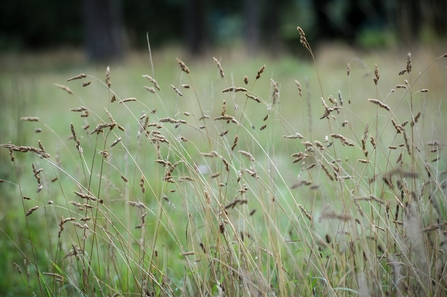Today, The Wildlife Trusts’ petition calling on Government to save our remaining wildlife-rich grasslands was handed to Owen Paterson, Secretary of State for the Environment, Food and Rural Affairs. It was given to him by Shropshire Wildlife Trust’s Chief Executive, Colin Preston, and Cath Price, volunteer chair of the Ellesmere Branch of the Trust. The Government is due to announce important decisions about payments to farmers imminently – these will directly affect the future of skylarks, butterflies and bees and all the other species which depend on wildflower grasslands.
In Shropshire alone, 26% of species-rich grasslands surveyed have declined or been entirely destroyed in recent years. Unfortunately this dramatic decline is mirrored across the rest of the country - reports collated tell a story of devastating losses.

